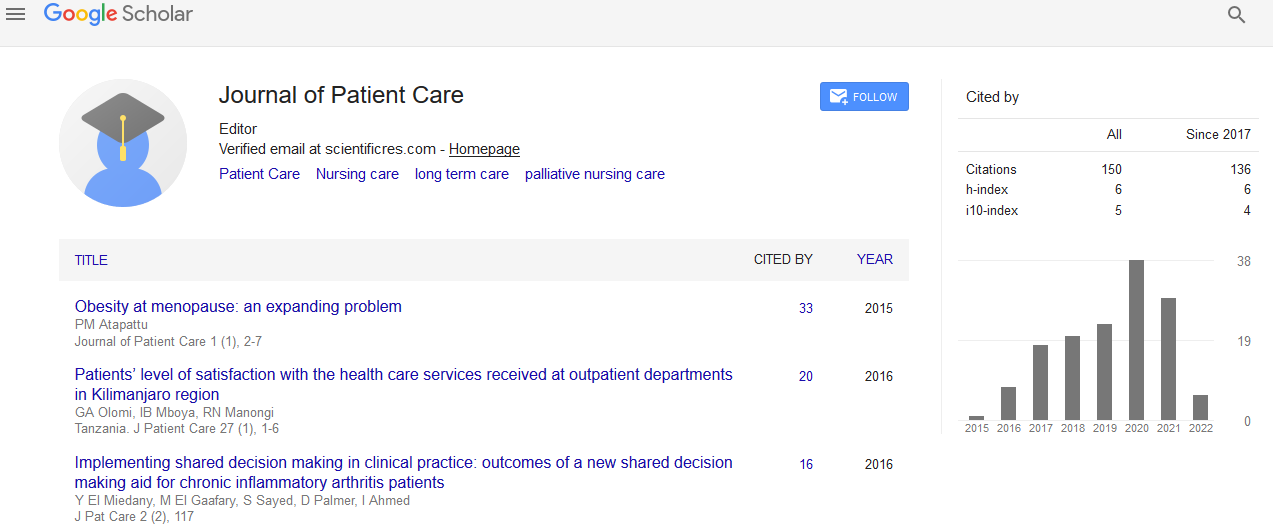Indexed In
- RefSeek
- Hamdard University
- EBSCO A-Z
- Publons
- Geneva Foundation for Medical Education and Research
- Euro Pub
- Google Scholar
Useful Links
Share This Page
Journal Flyer

Open Access Journals
- Agri and Aquaculture
- Biochemistry
- Bioinformatics & Systems Biology
- Business & Management
- Chemistry
- Clinical Sciences
- Engineering
- Food & Nutrition
- General Science
- Genetics & Molecular Biology
- Immunology & Microbiology
- Medical Sciences
- Neuroscience & Psychology
- Nursing & Health Care
- Pharmaceutical Sciences
Abstract
Clinical Audit on Management of Community-Acquired Pneumonia in Pediatric Intensive Care Unit
Mohammed Dahy, Asmaa Hamed Shoriet and Eman Ahmed Abdel-Raouf Askar
Introduction: Paediatric respiratory disease is an important cause of morbidity in both the developing as well as the developed world. Community acquired pneumonia (CAP) means that an infection of the lung caused by multiple microorganisms acquired outside the hospital setting, leading to inflammation of the lung tissue. It is typically associated with fever and respiratory symptoms such as cough and tachypnea, but symptoms may be non-specific in young children. Radiographic changes may be useful to confirm the diagnosis. It remains an important cause of death in children throughout the world, especially in developing countries.
Patients and methods Clinical audit on management of Community Acquired Pneumonia (CAP) among children admitted in the pediatric intensive care unit (PICU) in the period from 1st of January to 31st of December 2016. According to the guidelines of Community Acquired Pneumonia (CAP) in infants and children recommended by the Pediatric Infectious Disease Society and the Infectious Diseases Society of America, August 2011.
Results: Our study was done on children with Community Acquired Pneumonia and was admitted to the pediatric intensive care unit (PICU), Assuit University Children Hospital in in the period from 1st of January to 31st of December 2016. Our study included sixty cases of them were 36 cases (60%) and 24 cases (40%). Their ages ranging from 3 months up to 17 years. Fifty five out of sixty cases (91.7%) were presented with history of fever while forty five cases (75%) were presented with history of cough. According to WHO guidelines for criteria of respiratory distress in children with pneumonia the most common sign of respiratory distress was pulse oximetry measurement <90% on room air as it was in fifty-two cases (86.7%), followed by tachypnea was in forty four cases (73.3%), altered mental status in thirty-five cases (58.3%) and chest retraction in twenty-five cases (41.7%), grunting was in twenty-three cases (38.3%), dyspnea in eighteen cases (30%). Apnea was in fifteen cases (25%) while there was no case presented with nasal flaring.

